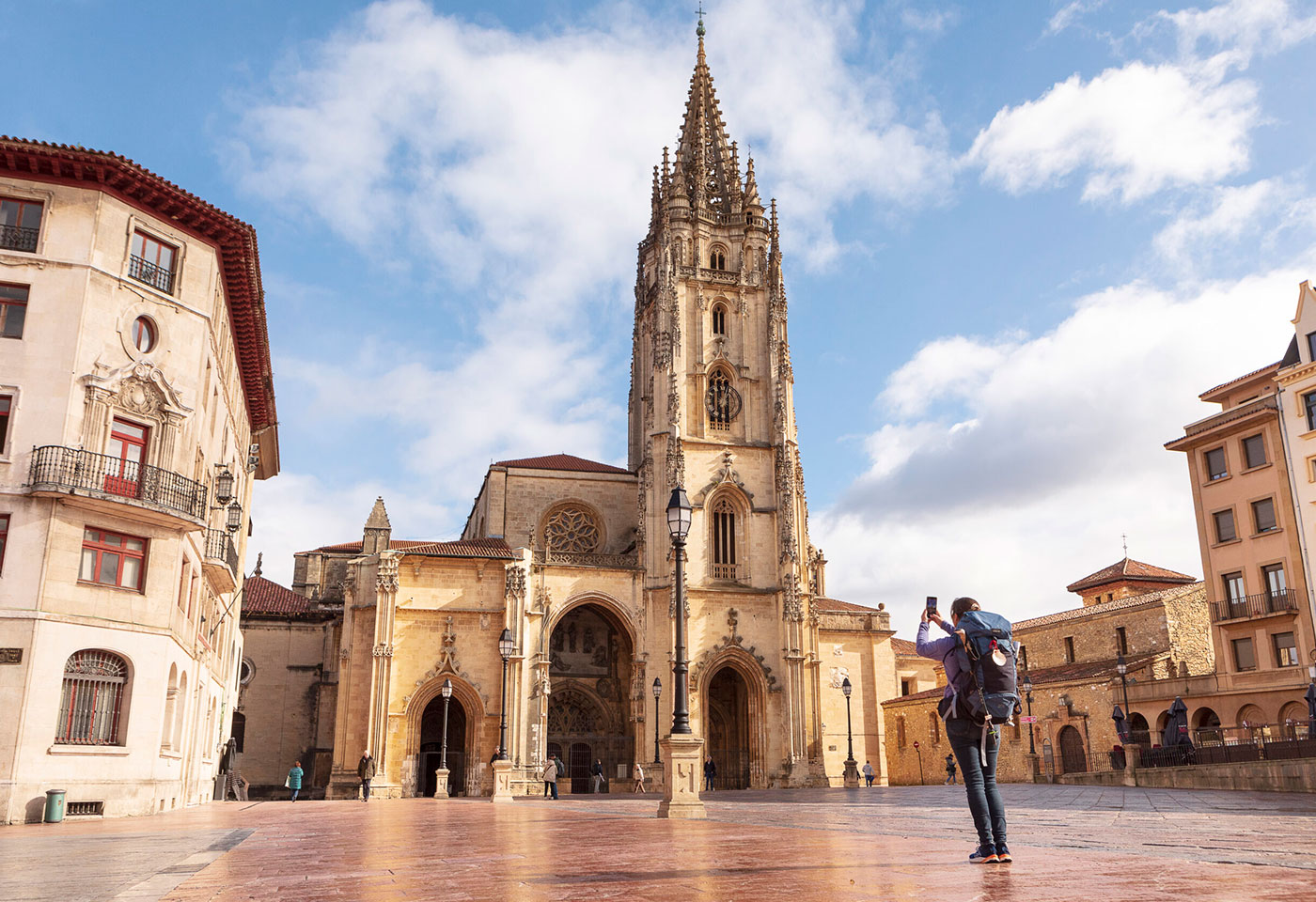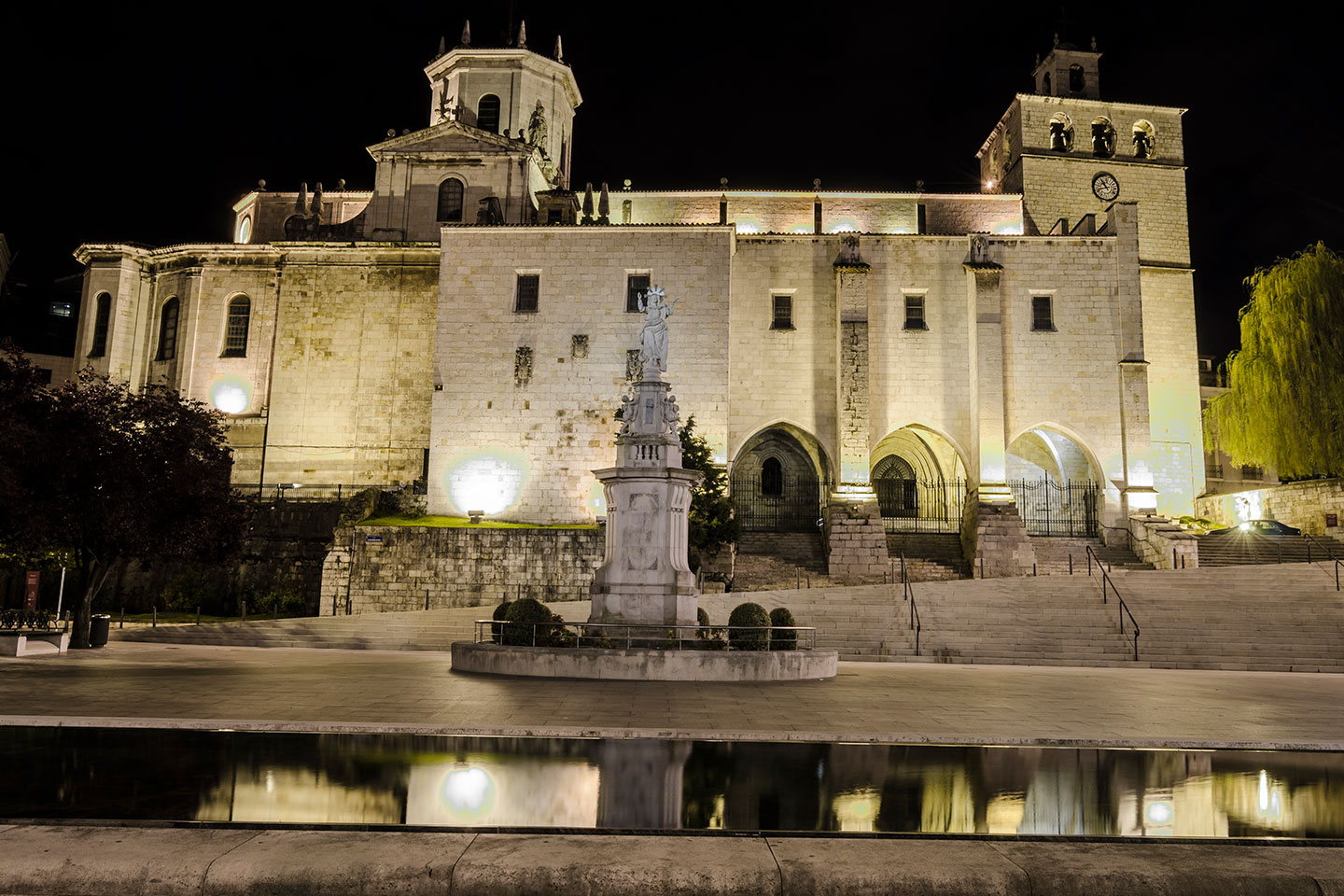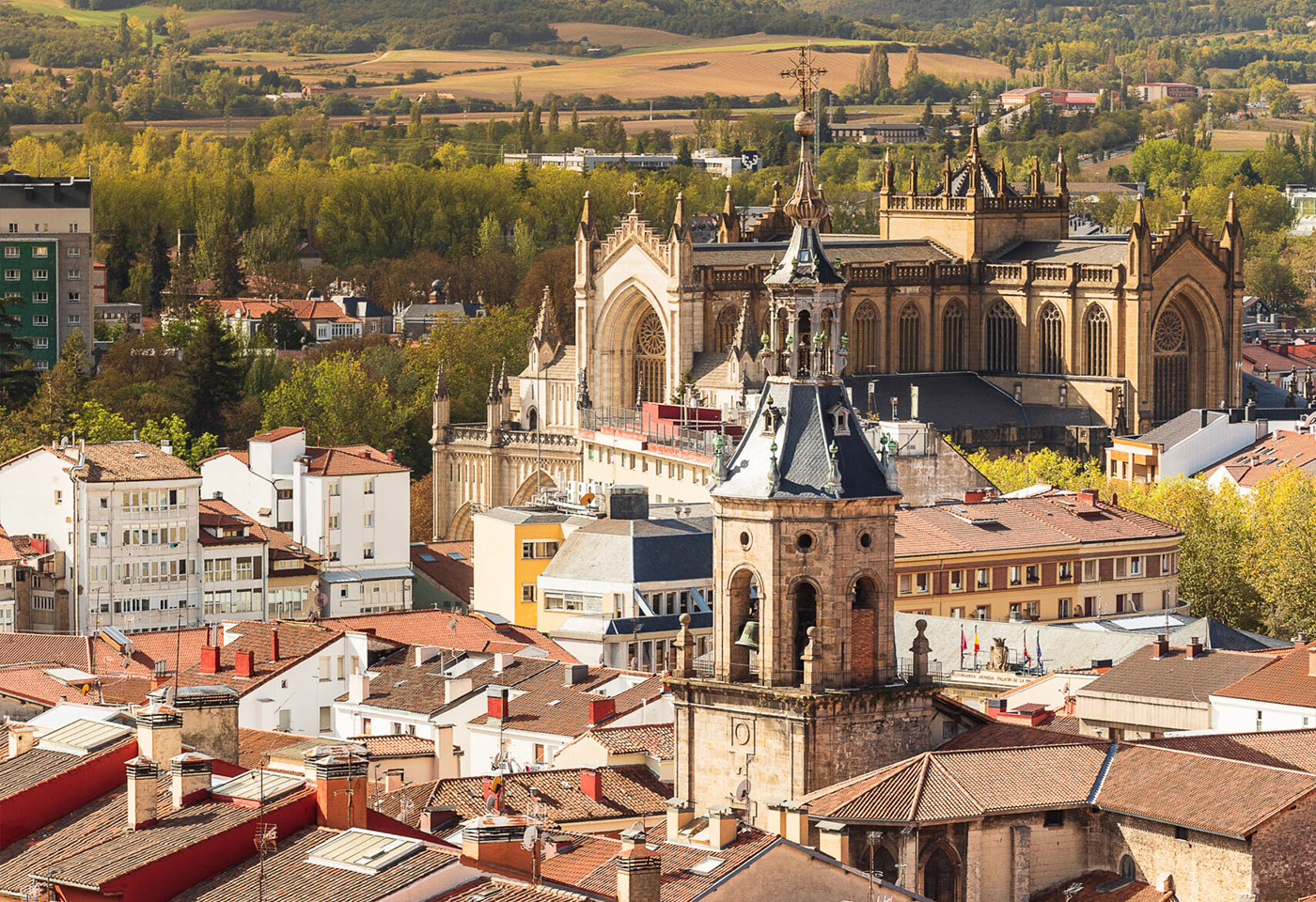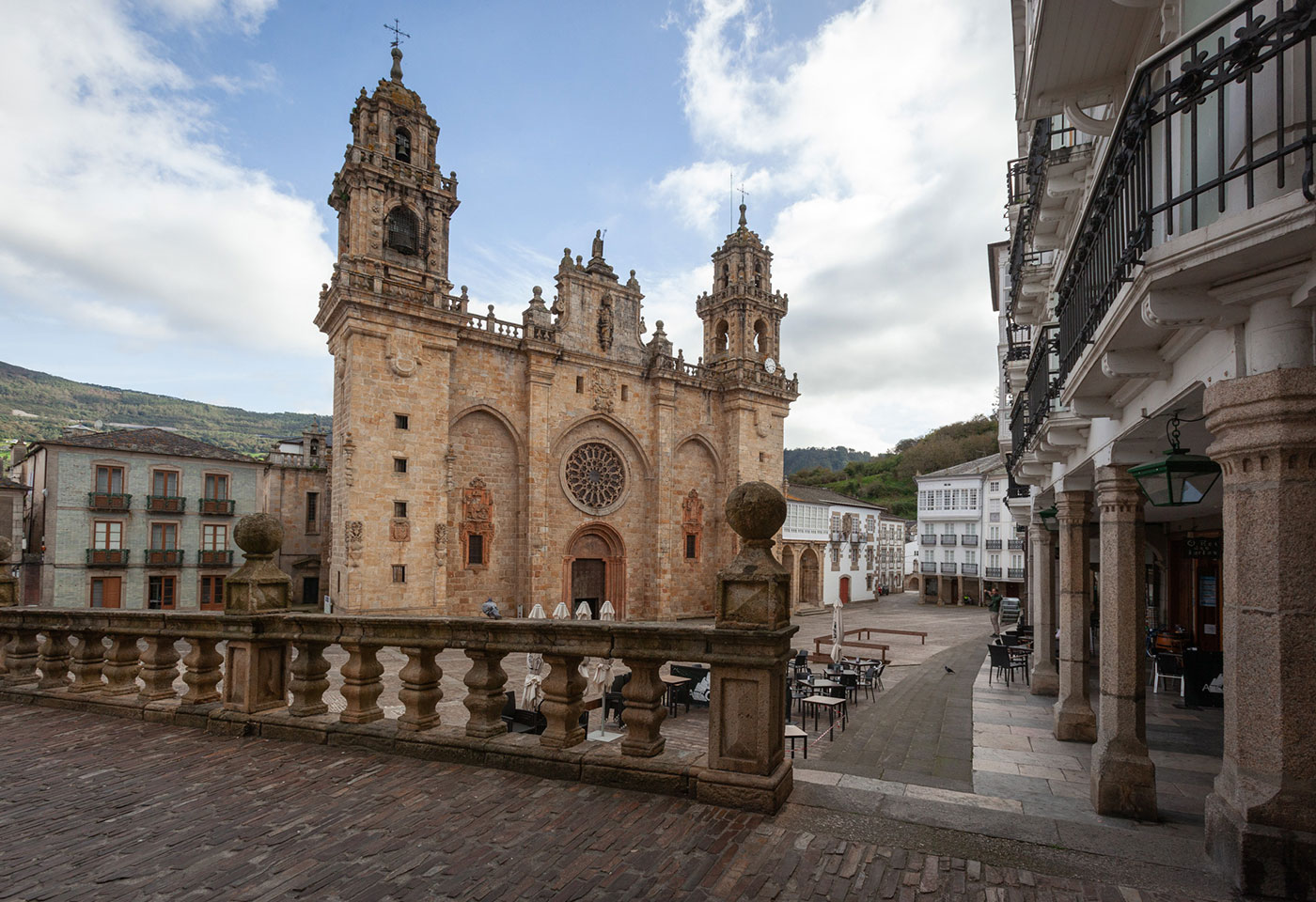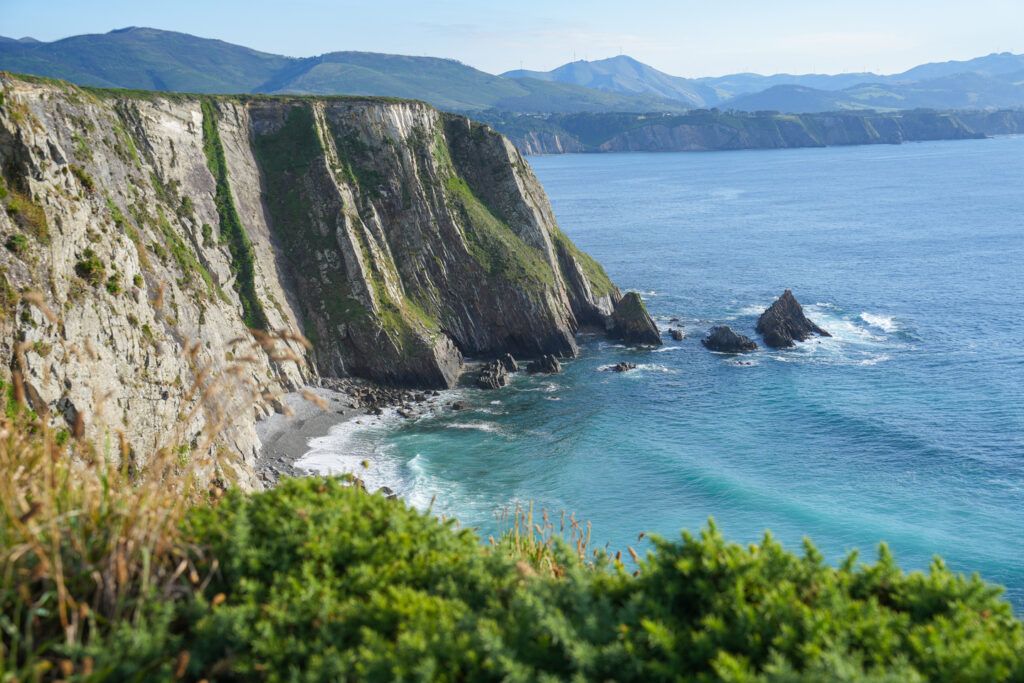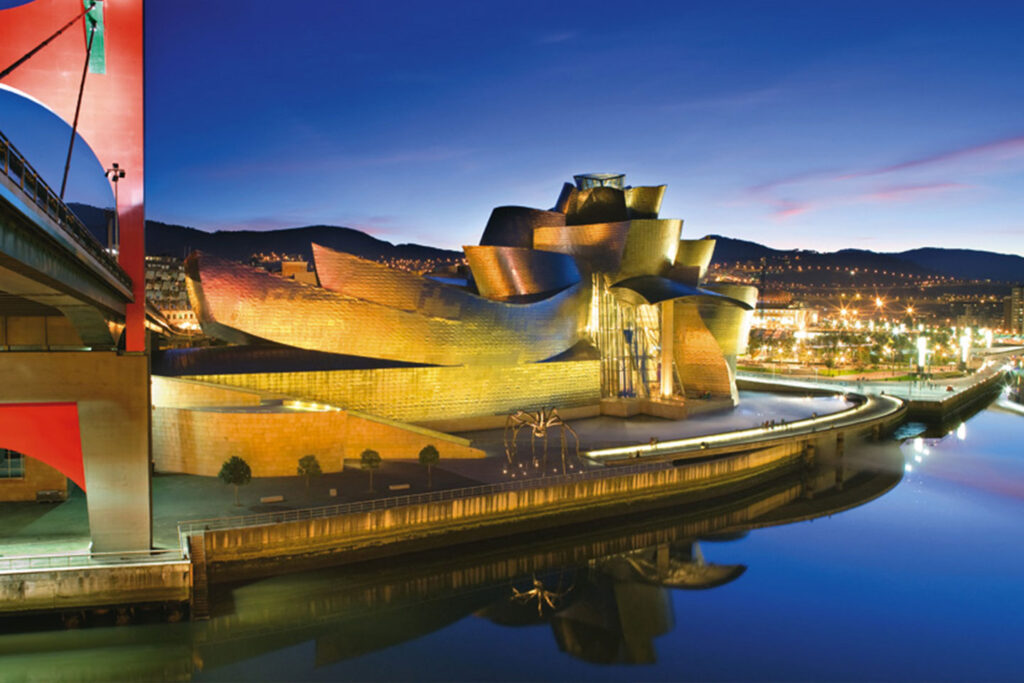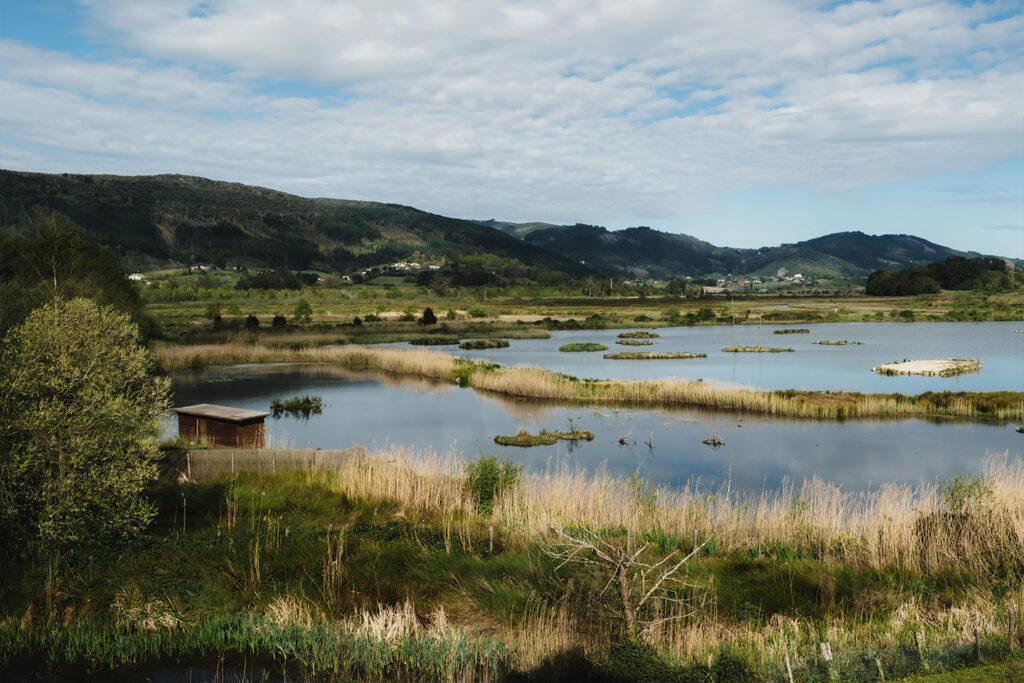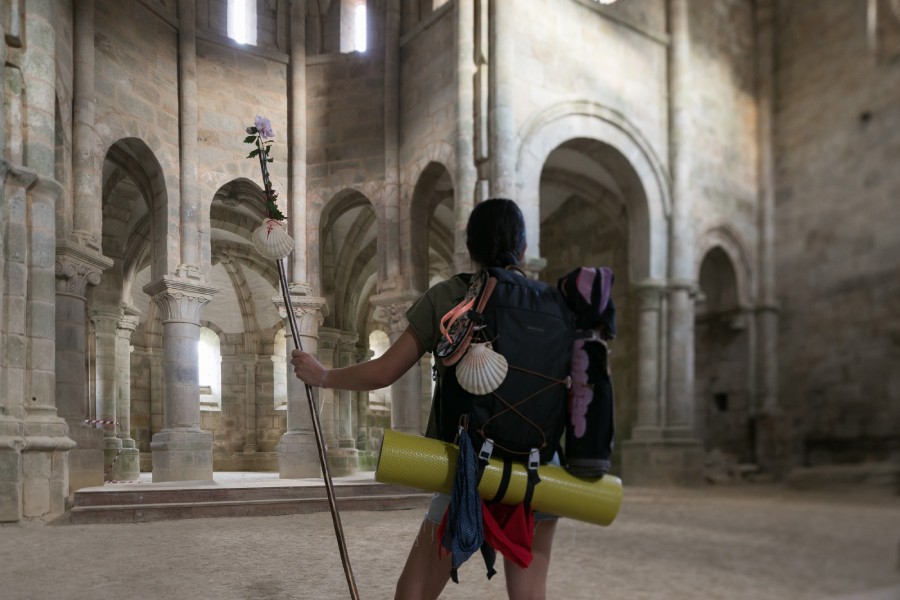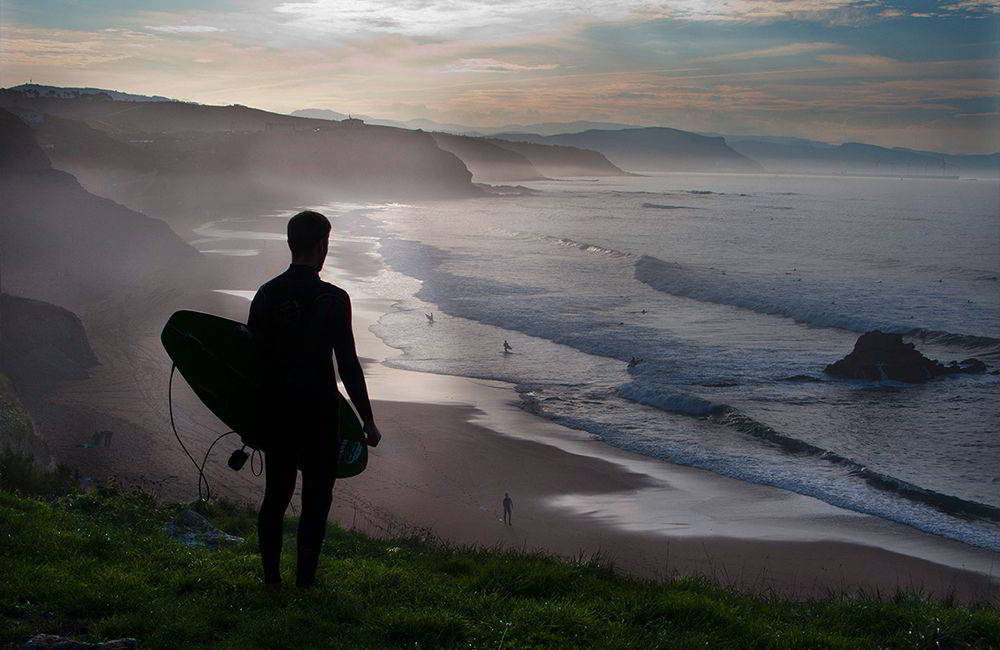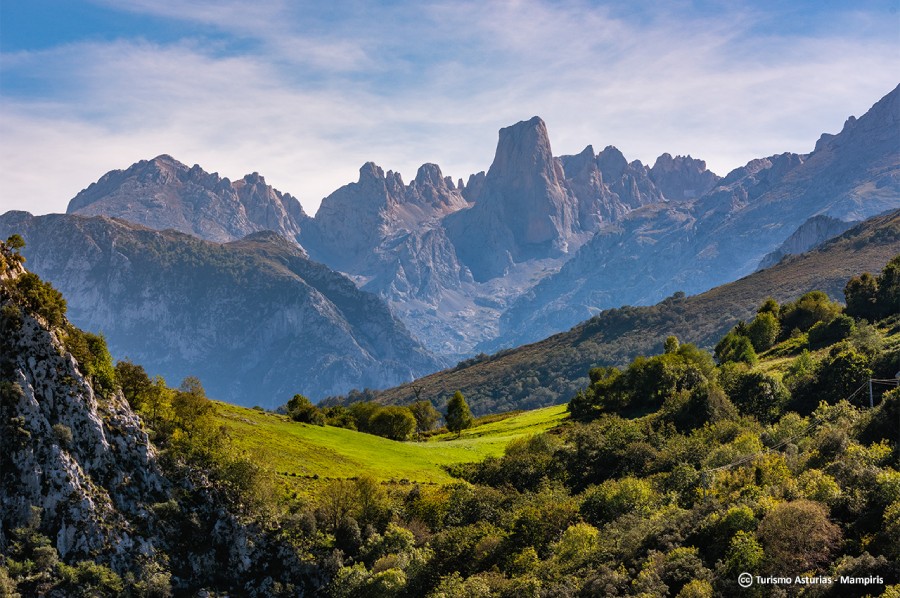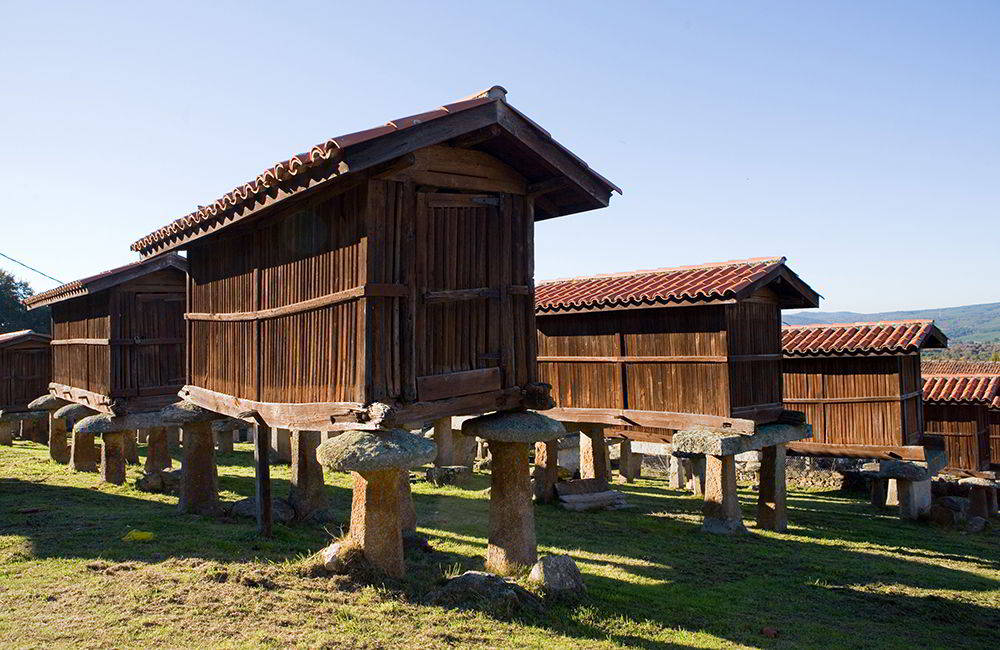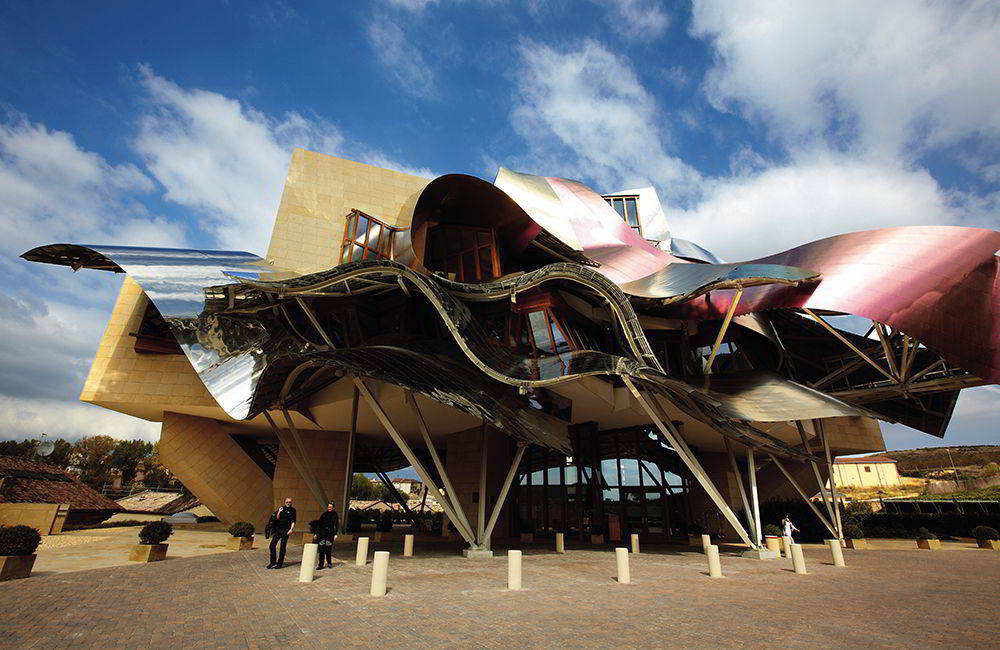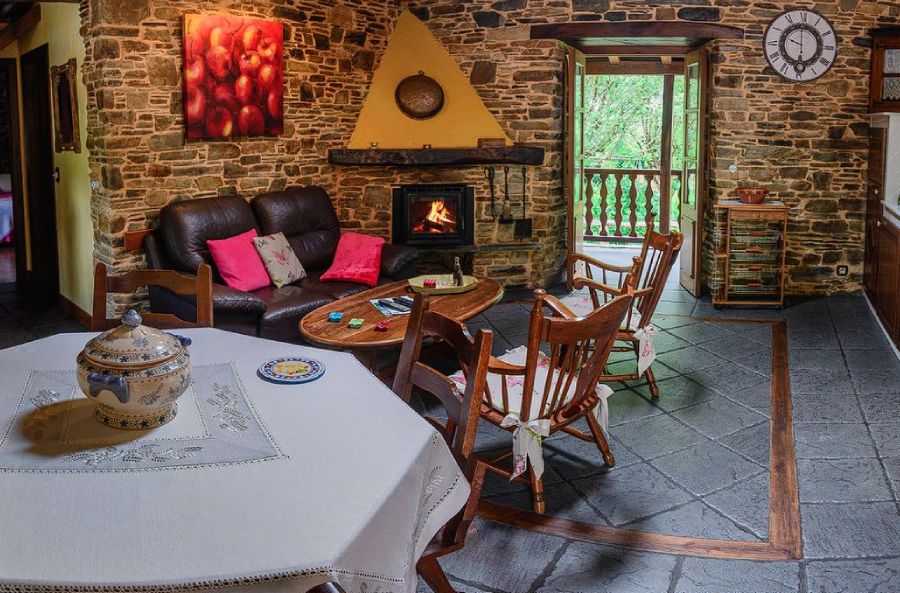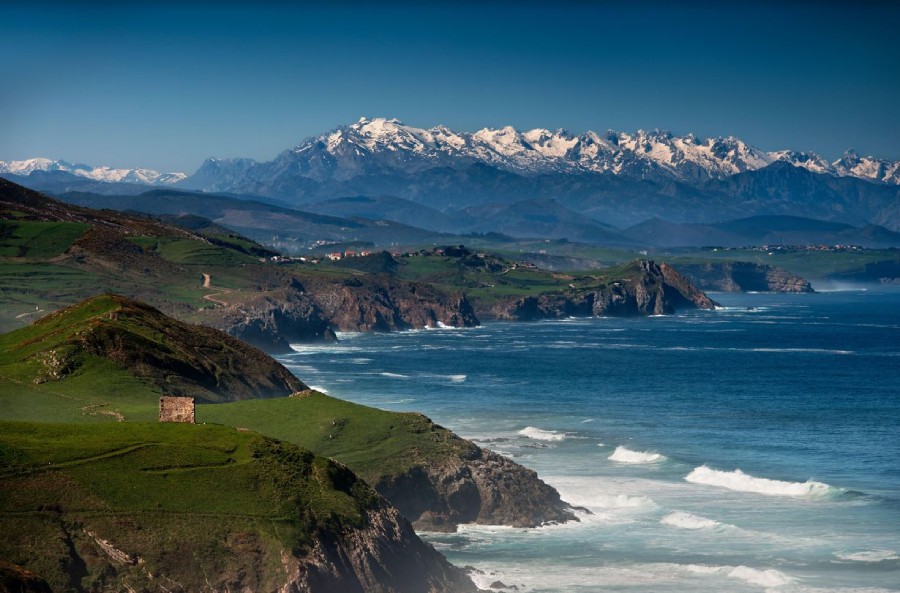Few buildings are more dazzling than a cathedral. It doesn’t matter whether you’re a child, an Art History graduate, or a traveler without a fixed course: these monuments, built with tons of stone, talent, and faith, continue to amaze us in an increasingly technological world. How is it possible that these walls, vaults, and towers—some with a thousand years of history—have survived to this day?
Oviedo Cathedral
What makes the Cathedral of San Salvador de Oviedo special?
To begin with, the Cathedral of Oviedo is the star of one of the first known tourism slogans in history: “Whoever goes to Santiago and not to the Savior, visits the servant and forgets the Lord.” The saying is used to draw the attention of pilgrims traveling to Santiago along the Northern Way and invites them to take the Primitive Way to visit the Cathedral of San Salvador. Beyond spiritual debates, the cathedral has an incalculable artistic value, as it preserves almost all the architectural layers of its history: the pre-Romanesque and Romanesque elements perfectly integrated into the general Gothic structure, the flamboyant details, the Renaissance additions to the tower, and the Baroque culmination.
What secret of Oviedo Cathedral should I not miss?
Its Holy Chamber, a pre-Romanesque space that was swallowed by the Gothic cathedral but not destroyed—its walls are ten centuries old! It is in this Holy Chamber that relics such as the Holy Shroud are kept, a piece venerated since the Middle Ages and linked to the Passion of Christ. Alongside it are preserved processional crosses from the Asturian era, such as the Cross of the Angels and the Victory Cross.
What can be seen near Oviedo Cathedral?
Perhaps it would be better to ask, what can’t be seen? Those fascinated by the Asturian pre-Romanesque art of the Holy Chamber should consider ascending the nearby Mount Naranco (20 minutes by car) to enjoy the sight of the church of San Miguel de Lillo or that of Santa María del Naranco. Those who prefer a more down-to-earth plan will find it easy in Oviedo: the Plaza del Fontán is an ideal place to get a feel for the city and sample its food and wine offerings, not to mention streets like Gascona, popularly known as the Cider Boulevard. Fancy a bit of urban shopping? Although local commerce is thriving throughout the city, many major brands are concentrated on Uría, Pelayo, and Fruela streets.
Santander Cathedral
What makes Santander Cathedral special?
There probably aren’t many churches in the world built one on top of another—a large temple literally resting on a much smaller one. This is the case in Santander, making the Cathedral of Santa María de la Asunción an architectural curiosity. Why is it like this? Because the so-called Lower Church (built at the beginning of the 13th century) was designed to support the upper church (constructed between the 14th and 17th centuries). Hence, this small, windowless space is literally lined with vaults and arches so low you can almost touch them. Impressive, thick pillars support both cathedrals and complete the spectacle. Those who wish to see the light after this underground experience will delight in the Gothic cloister a few meters higher up.
What secret of Santander Cathedral should I not miss?
It’s essential to look for the silver reliquaries containing the heads of Saint Emeterius and Saint Celedonius, two Roman soldiers who were beheaded for defending the Christian faith. Did you know that the name “Santander” derives from the Latin name of Saint Emeterius (Sancti Emeteri)? Next to the reliquaries, if you look down, you’ll see the remains of the Roman baths that once stood on this Santander hill by the sea. It’s impossible to find more history in a single place!
What can be seen near Santander Cathedral?
Santander Cathedral is very close to the Centro Botín, a building that, architecturally speaking, could be considered its brother—a kind of 21st-century cathedral built on the city’s docks. The Centro Botín is a modern cultural space designed by Italian architect Renzo Piano that promotes art and creativity, featuring a vibrant program of events, exhibitions, activities, and workshops. It’s a must-visit before exploring the Cantabrian capital and its main landmarks (the Market, the Palacio de la Magdalena, or the Grand Casino of El Sardinero, for example) by taking pleasant walks along its main promenades and, of course, finding time to eat or enjoy tapas around Plaza Porticada, Plaza Pombo, Plaza Cañadío, Puertochico, or the beach of El Sardinero.
Vitoria-Gasteiz Cathedral
What makes Vitoria-Gasteiz Cathedral special?
It’s a true survivor. It was built at the beginning of the 13th century and, as was common for buildings of this style, later modified to add new rooms, meet new needs, or replace obsolete architectural elements. One such change was the wooden vault, replaced by a stone one, which caused structural problems for centuries. Thirty years ago, restoration work began that was as necessary as it was revolutionary: not only did it prevent the building’s collapse, but during the works, the cathedral remained open to visitors. And not just to a few visitors, but to everyone: the faithful, tourists, pilgrims traveling to Santiago via the Bayonne Route, and even famous writers like Ken Follett, who came here to document himself for the sequel to his most famous novel, The Pillars of the Earth, titled World Without End.
What secret of Vitoria-Gasteiz Cathedral should I not miss?
The western portico, a Gothic masterpiece inspired by the sculptures being created at that time in the great French cathedrals. It’s the closest thing to attending a medieval cinema session, with dozens of characters (carved here in great detail and in excellent condition) and three different “films”: the Glorification of the Virgin Mary (the only figure that retains its delicate original polychromy), the Last Judgment, and the Holy Martyrs. A curiosity? The reason the portico has survived in such good condition is that, in the 18th century, the space was enclosed to protect against the harsh winters of the Álava plain, preventing the weather from damaging the stone.
What can be seen near Vitoria-Gasteiz Cathedral?
Practically all of Vitoria-Gasteiz, since the Basque capital is a compact, comfortable, and mostly flat city that can be explored on foot, by bike, or by tram. A typical visit would start in the medieval almond where the cathedral is located (the only neighborhood with slopes!), then descend to the 19th-century expansion area (a paradise for pintxos and shopping), and later get lost among some of its green areas—from the romantic (and urban) parks of La Florida and El Prado to the large open spaces of Salburua or Armentia, already within the so-called Green Belt.
Mondoñedo Cathedral
What makes Mondoñedo Cathedral special?
The best way to answer this question is with another: why does a town of barely 3,400 inhabitants, without provincial capital status, have such a grand cathedral-basilica with a large Gothic rose window? And not only that: did you know that Mondoñedo Cathedral is known as the “kneeling cathedral” (because of its low height) and is a true museum of architectural styles, featuring Romanesque, Gothic, and Baroque elements? The reasons for such a building in a place as beautiful as Mondoñedo go back to the Middle Ages, when Galicia was an extraordinarily fragmented territory and ecclesiastical divisions had little to do with political ones. Mondoñedo was the ideal place for a bishopric that could be safe—first from Muslim attacks coming from the south, and later from Norman raids arriving by sea. One last question: did you also know that Mondoñedo is one of *The Most Beautiful Villages in Spain*?
What secret of Mondoñedo Cathedral should I not miss?
A cathedral is like a miniature city, so it’s never easy (or fair) to highlight some elements over others. In the Cathedral of Mondoñedo there is a work of immense artistic value but small in size compared to the building’s cultural legacy: the Gothic mural paintings of the *Massacre of the Innocents*. It’s a kind of medieval comic that remained hidden until the 19th century and forms one of the most impressive pictorial ensembles of medieval Galician art. What does it depict? A bloody biblical scene like a photograph of the era, with Herod enthroned, soldiers dressed in 14th-century military fashion, a host of terrified mothers (Jewish, Moorish, and Christian), and a whole palette of emotions captured with as much sensitivity as rawness: violence, pain, faith, and tragedy.
What can be seen near Mondoñedo Cathedral?
Very simple: all of Mondoñedo (and its surroundings) await. The advantage is that there’s no need to look at your phone or follow Google Maps; just let yourself wander through its elegantly cobbled streets (where straight lines are rare), searching for the Episcopal Palace, the remains of the old medieval wall, the convents of the Conceptionists and Alcántara, or the charming and tree-filled old cemetery. If, after walking through a village of white houses, you want to breathe deeply and feel the sea breeze, very close to Mondoñedo lies another unique set of “cathedrals”: the Beach of the Cathedrals, just 20 minutes away by car. It’s one of the most special beaches in Green Spain, with cliffs carved by the sea and wind resembling the buttresses of a temple. The beach is located in a coastal area protected by the Natura 2000 Network.
